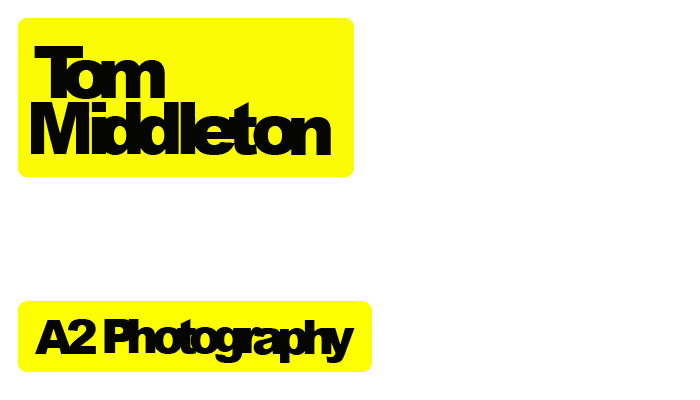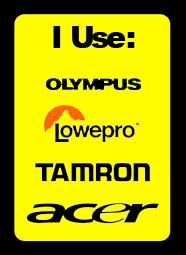
This photograph, taken of two Lions, I think is a good attempt to encompass the family ethic of these animals. I think I managed to frame this shot well, especially given the limited view points available. Unfortunately due to the layer of glass in between me and them the photo does not look as rich in colour as it could or as sharp. However I tried various angles and eventually I managed to get one that does not have any reflection or dirt from the surface of the glass.

This photo was quite a challenging shot to take. Visiting a zoo in early November provides a large number of challenges. Namely, for a lot of animals it was too cold and secondly the light quality it exceedingly poor. Luckily as we went into the Lemur enclosure one of them came down from sleeping in a tree and began jumping around the branches just above our heads. After a few minutes it came to rest on the handrail and stayed still, looking at the group of us taking photos. I managed to capture this image for the split second it was looking at me. After five minutes of frantic snapping we left and as we did the lemur ascended back into its tree. to take this photo I used 1/125th of a second at f/5.2. To increase the shutter speed I used an ISO 800. I really like this photo, as it captures the inquisitive face and nature of an animal that is usually very active.
 This is one of my favourite photographs of the day. Finding this adolescent cub lying right next to the fence, less then six feet from the camera was a real treat. Unfortunately the tiger never look at me, it was too preoccupied with a small child running around, but being able to get shots that filled the frame was brilliant. I wish the fence wasn't there but for safety reasons it is a necessity. Due to the face this area of the zoo was shrouded by trees I had to use ISO 400 with f/5.6 combined with 1/60th of a second. This means there is a small amount of motion blur on the whiskers but this is not very noticeable. By using a smaller aperture I was able to capture a smaller depth of field, meaning the face and and fence are in focus and the rest is out of focus and blurred.
This is one of my favourite photographs of the day. Finding this adolescent cub lying right next to the fence, less then six feet from the camera was a real treat. Unfortunately the tiger never look at me, it was too preoccupied with a small child running around, but being able to get shots that filled the frame was brilliant. I wish the fence wasn't there but for safety reasons it is a necessity. Due to the face this area of the zoo was shrouded by trees I had to use ISO 400 with f/5.6 combined with 1/60th of a second. This means there is a small amount of motion blur on the whiskers but this is not very noticeable. By using a smaller aperture I was able to capture a smaller depth of field, meaning the face and and fence are in focus and the rest is out of focus and blurred.










